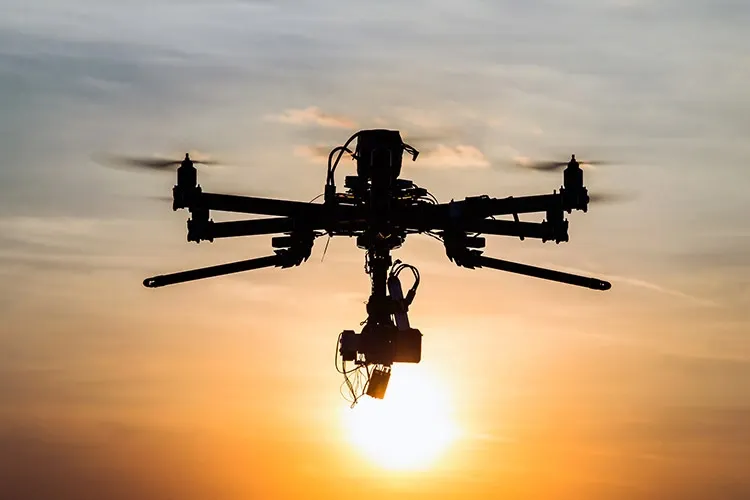Merry Christmas!
Merry Christmas to all ICT Business readers, followers, business partners, advertisers, and friends. Your ICT Business team.

The federal government has unveiled a long-awaited set of proposals to dramatically expand civilian drone flights while also tightening security, according to Bloomberg. These are critical steps for an industry seeking to expand into robot aerial deliveries and scores of other commercial uses in populated areas.
A proposed regulation released by the U.S. Department of Transportation would for the first time allow routine flights over people and at night, provided the remote-control operators take safety precautions. The new regulatory framework was announced by Secretary of Transportation Elaine Chao in a speech in Washington.
Under current Federal Aviation Administration regulations, civilian drones can’t operate directly over people’s heads out of fear they could plunge from the sky, injuring or killing someone. That effectively makes it impossible to use them legally for scores of purposes, including surveying urban construction sites, delivering defibrillators to highway crash scenes and photographing densely populated areas.
The FAA also announced it is asking for input from the public and industry on how to devise the next wave of restrictions on drones, such as how to build a specialized new air-traffic control system for them. The standards are seen by industry as a way unleash the commercial potential for small civilian drones, providing a launching pad for expanded uses ranging from package deliveries to TV network news photography.
The proposal isn’t likely to transform unmanned flight immediately, however. The FAA had been planning on issuing the proposal by the end of 2016, but was forced to hold off as U.S. law enforcement and anti-terrorist officials sought assurances that expanded flights near crowds wouldn’t create new hazards. The government’s response to those concerns isn’t expected until May, according to the FAA. It could take a year or longer to finalize those rules after they are proposed, meaning widespread flights over crowds probably won’t be permitted until 2020 or later.